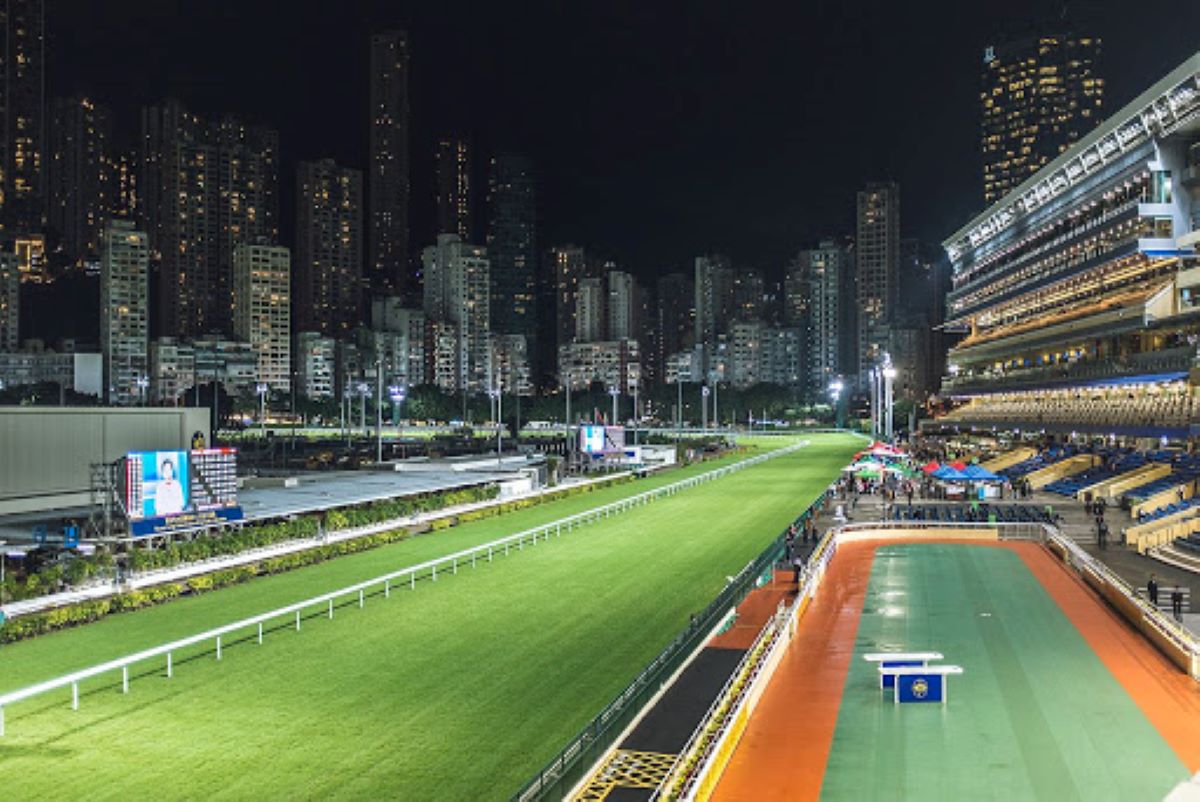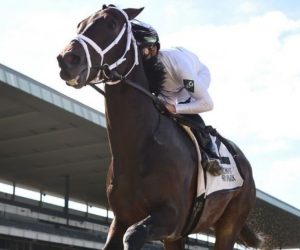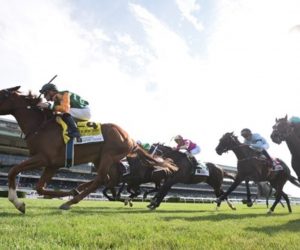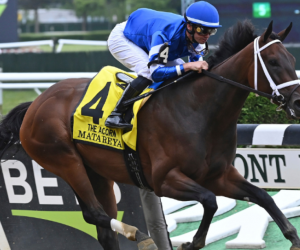It is a late March Wednesday night at Sha Tin Racecourse in Hong Kong and normally, the track would be teeming with upwards of 20,000 racing fans. But even without spectators in this era of the COVID-19 virus, horse racing gallops along in Hong Kong without interruption or questioning about its safety.

While tracks around the world are moving from racing without spectators to shutting down altogether due to the coronavirus pandemic, horse racing in Hong Kong continues uninterrupted since January. It continues even in a densely populated city of 7.5 million people, and even after the World Health Organization classified coronavirus as a pandemic.
And it continues even as the rest of the Asia-Pacific sporting landscape falls by the coronavirus wayside. Formula 1 canceled the Australian Grand Prix and postponed its races in Bahrain, China, and Vietnam. Both the Hong Kong and Singapore legs of the World Rugby Sevens are postponed to October. Along with that, golf, tennis and Formula E races have also been scrubbed.
Racing A Vibrant Economic Engine
But there is no hint of closing the racing gates at Sha Tin. Racing in Hong Kong is serious business, contributing 1.3% to Hong Kong’s GDP. Employing more than 20,000 people, the Hong Kong Jockey Club is the biggest taxpayer in Hong Kong.
Even paying 75% of takeout as a tax to the government, the HKJC finds plenty of ways to contribute to charities and society. Not surprisingly, racing enjoys strong government support.
It’s not hard to see how or why. The Wednesday night races at Sha Tin are a TV ratings bonanza, with upwards of 800,000 people – more than 10% of the city’s population — perched in front of their sets each week. The HKJC said up to 700,000 people – almost 10% of Hong Kong’s population — use off-track wagering apps.
That creates a handle (called “turnover†in Hong Kong) averaging HK $1.1 billion ($145 million) every Wednesday night, and HK $1.3 billion ($162 million) on Sundays. Even with no spectators, the handle is down only about 10% because of the overwhelming use of off-track betting apps. Last week’s “Happy Wednesday†brought in almost HK $1.1 billion ($145 million) – without any spectators in the stands.
Providing Tradition And Valuable Entertainment
“If you look at the importance of horse racing in Hong Kong, where 30% of the adult population follows horse racing, where we have 1.5 million racing fans and every Wednesday night, we have at least seven to eight hundred thousand people who are now sitting in front of the TV and feel entertained. That’s why we think it’s important to provide the tradition and to continue horse racing,†HKJC CEO Winfried Engelbrecht-Bresges told CNN.
In keeping with the times, that tradition continues with strict precautions. Only staff trainers, jockeys, owners, and club officials are allowed on site, and everyone is subject to temperature screening upon entering the facility. Facemasks are mandatory, except for jockeys during a race. Anyone who leaves Hong Kong must self-isolate for 14 days upon return.
This caused a few jockeys to pass on mounts for the Dubai World Cup, a calculated risk considering that $35 million card formed the richest day in horse racing, and that jockeys typically get 10% of purse winnings for a race. But it was a risk that paid off when organizers canceled the program.
In late February, an HKJC member who used the Happy Valley clubhouse – located a mile from the track — tested positive for the virus. That shut down the clubhouse for two weeks.
But racing never stopped. Not even in a city that’s battled the coronavirus since January.











